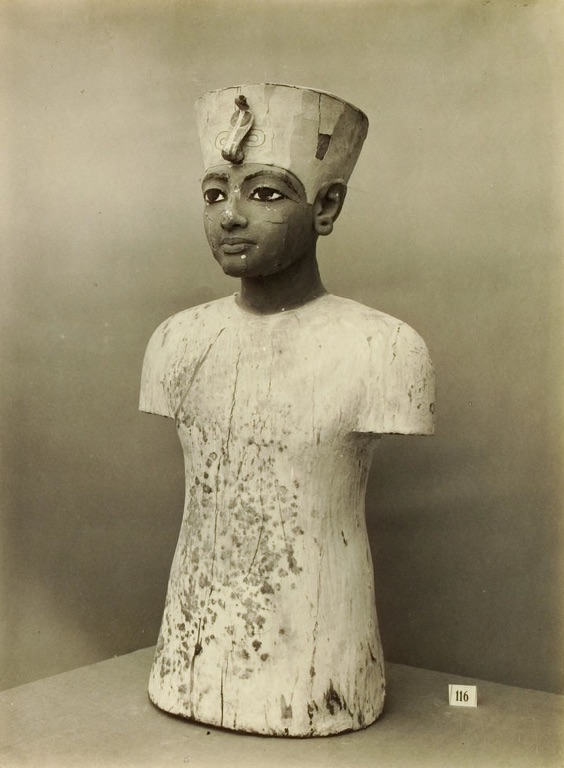Summary
The Enigmatic Boy King
Tutankhamun, or King Tut, was an Egyptian pharaoh who ascended to the throne at a young age. He reigned during the 18th dynasty, around 1332 to 1323 BCE. Tutankhamun’s rule was brief and relatively insignificant in the grand scheme of Egyptian history. However, his legacy endures due to the discovery of his tomb in 1922 by Howard Carter. This find gave the world an unprecedented glimpse into ancient Egyptian royal life, with an abundance of valuable artifacts and the pharaoh’s mummy. King Tut’s tomb was remarkably well-preserved, offering rich details about his life and culture. The contents of his burial chamber continue to mesmerize scholars and enthusiasts alike, sparking a renewed interest in ancient Egypt.
Get your dose of History via Email
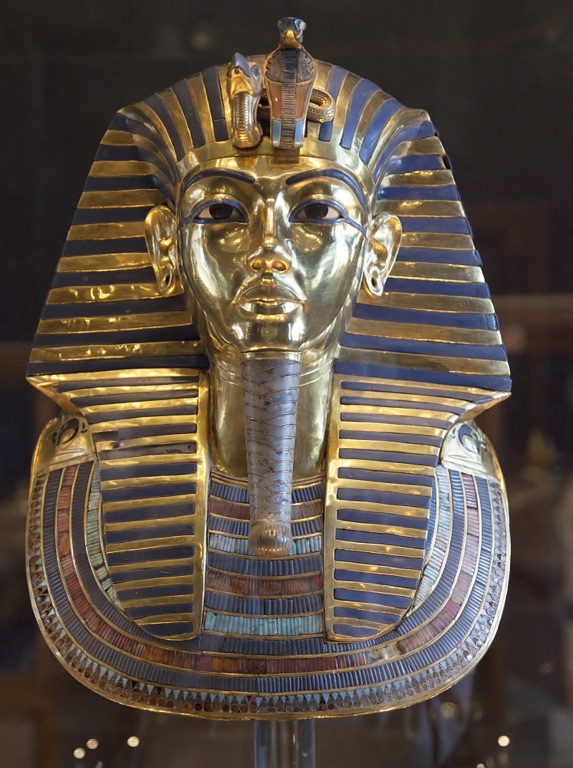
A Lasting Impact on Ancient History of Tutankhamun
The significance of Tutankhamun’s life exceeds his achievements in power. It lies instead in the cultural insight his intact burial provides. Tutankhamun’s tomb, hidden for millennia in the Valley of the Kings, has shaped our understanding of Egyptian funerary practices and beliefs in the afterlife. The treasures within, including the iconic gold funeral mask and the ornate sarcophagus, are art pieces, reflecting the mastery of ancient craftsmen. King Tut’s death, which some believe was due to illness or accident, remains a topic of mystery and debate. His short life and the subsequent discovery of his tomb have had a lasting impact, cementing Tutankhamun as a symbol of ancient Egypt’s mystery and grandeur, and maintaining global fascination with his story.
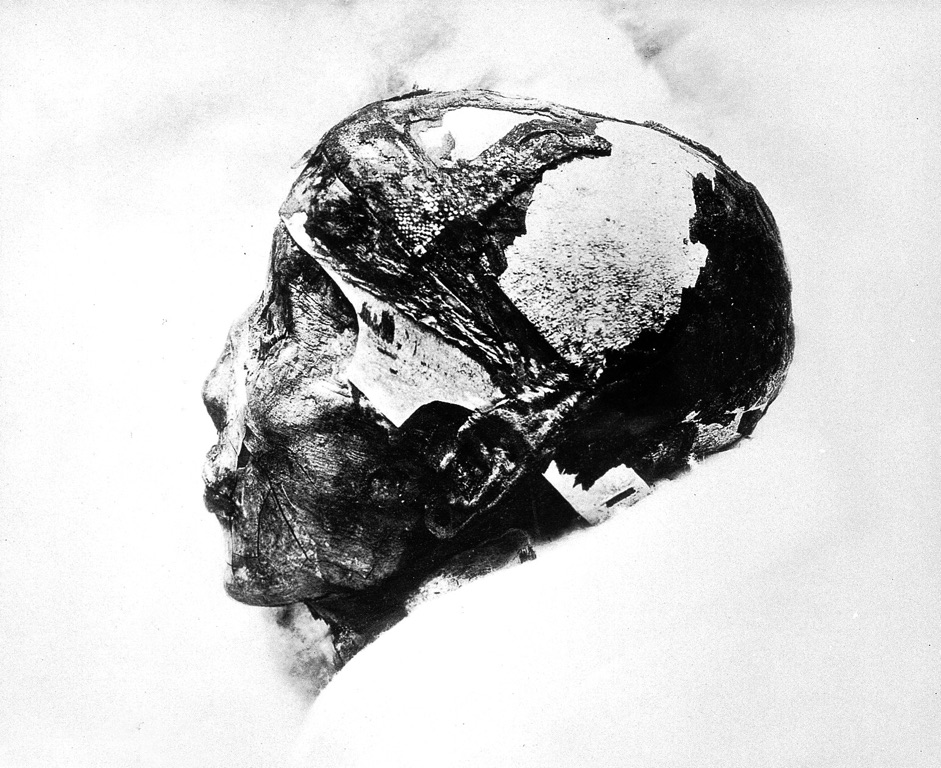
Tutankhamun: The Life and Legacy of a Young Pharaoh
Ascension to the Throne of Tutankhamun
The story of Tutankhamun, often known as King Tut, captures the imagination of history enthusiasts around the world. He came to the throne at a tender age during the politically tumultuous period of the 18th dynasty in Egypt. His reign began roughly in 1332 BCE and lasted about a decade. Despite his short time in power, he made important decisions that shaped his country’s culture and religion. Tutankhamun reversed the radical reforms of his predecessor, restoring the worship of traditional deities and moving the religious capital back to Thebes from Akhetaten.
Discovery of the Boy King’s Tomb
The year 1922 marked a monumental event in the world of archaeology and Egyptology—the discovery of Tutankhamun’s nearly intact tomb by Howard Carter. This find in the Valley of the Kings brought King Tut’s story to life. The treasure-filled tomb gave us a peek into the opulent lifestyle and burial practices of ancient Egypt. Remarkably well-preserved artifacts such as his golden sarcophagus have since became symbols of ancient Egyptian civilization. The mysteries of his life and death, detailed through these objects, remain a topic of fascination and ongoing study.
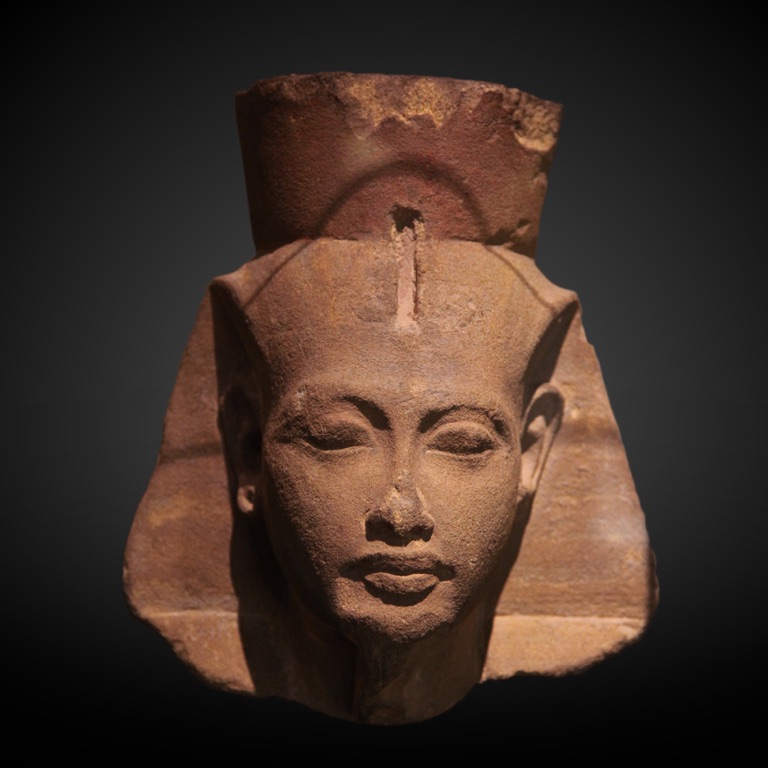
Enduring Mystery and Cultural Impact
Tutankhamun’s legacy lives on through extensive studies of his lineage and untimely death at around 18 or 19 years of age. While theories suggest illness or injury led to his demise, the debate continues, adding to his legend. His afterlife has had a broad cultural influence, inspiring books, movies, and exhibitions that continue to draw crowds worldwide. Enthralled by the mystique of his youth and power, people strive to understand the life of this young pharaoh who rules from beyond the grave through the riches and stories left behind.
The Discovery of Tutankhamun’s Tomb
Unveiling the Boy King’s Resting Place
In the heat of Egypt’s Valley of the Kings, Howard Carter made a breakthrough in 1922. His team found steps that led to an ancient doorway. It bore the seal of Tutankhamun. Inside, treasures beyond measure awaited them. The world had its first look at a pharaoh’s untouched tomb. Each room spilled over with artifacts. They told the story of a young ruler from over 3,000 years ago.
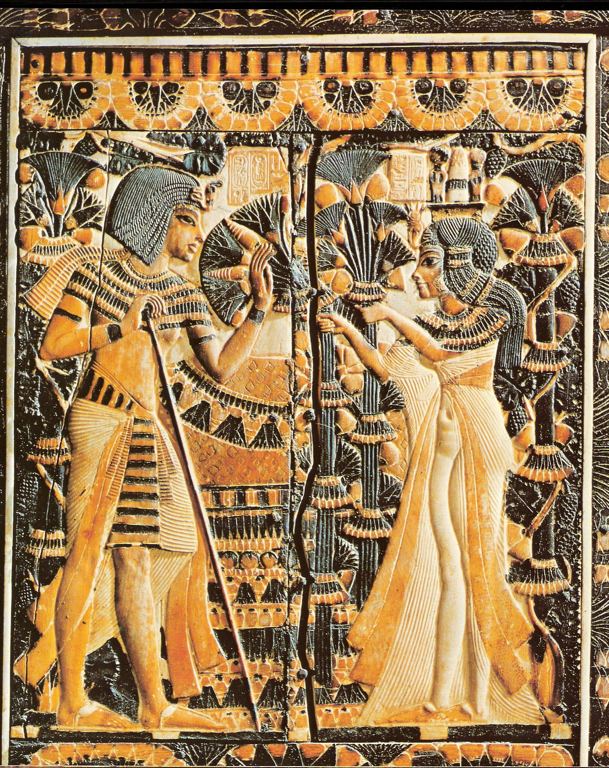
The Lavish Burial Chamber of Tutankhamun
Carter’s lamp revealed wonders as he entered the burial chamber. Paintings adorned the walls, depicting Tutankhamun’s journey to the afterlife. His sarcophagus shone with gold and precious stones. This discovery sparked worldwide fascination with Ancient Egypt. It shed light on burial rituals and royal life centuries ago. Historians and archaeologists still pour over the details today. They seek clues about the young king’s short life and reign.
Eternal Legacy Uncovered
The tomb’s riches continue to grip our imagination. They speak of power, religion, and art in an age long passed. Tutankhamun’s famed golden mask captures his youth and holds his story. It symbolizes eternity. Carter’s find changed history books and sparked new research paths. The artefacts still tour the world, inspiring awe. They remind us of the wonder that existed in ancient times. And they ensure that Tutankhamun’s name lives on forever.
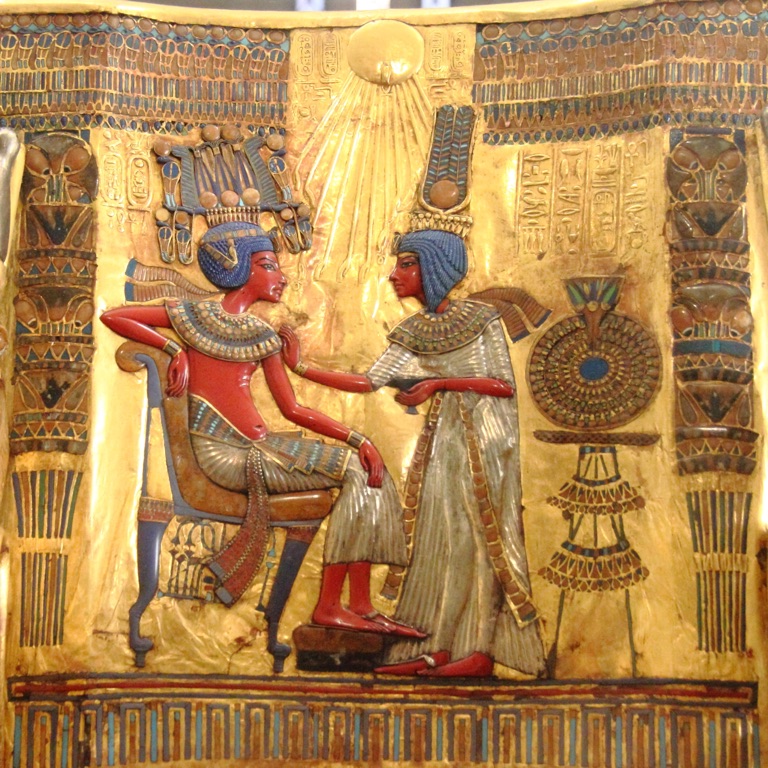
Tutankhamun’s Reign and Historical Context
Ascending the Throne at a Young Age
King Tutankhamun, often known simply as King Tut, became an Egyptian pharaoh at a very tender age, assumed to be around nine or ten years old. His unprecedented ascent followed the death of his father, Akhenaten. This period was fraught with political and religious upheaval. Yet, despite his youth, Tutankhamun navigated his rule with the guidance of advisors. He steered ancient Egypt away from the chaotic Amarna period. This was a time marked by radical changes initiated by his predecessor. The move back to traditional deities reshaped Egyptian culture after Akhenaten’s monotheistic revolution. It restored balance and revived the cults of gods like Amun.
Tutankhamun’s Contributions to Egyptian Restoration
During his brief reign, Tutankhamun made significant strides. He restored damaged relationships with neighboring territories and revived the traditional religious practices. He commanded the rebuilding of temples and made efforts to reestablish religious harmony. This work undid his father’s controversial policies. Pharaoh Tutankhamun’s decision to return the capital from Akhetaten to Thebes played a vital role. It reaffirmed Egypt’s commitment to its ancestral, polytheistic roots. His actions, though overseen by experienced courtiers, pointed to a dedication. It was a dedication to stabilizing and securing Egypt’s future.
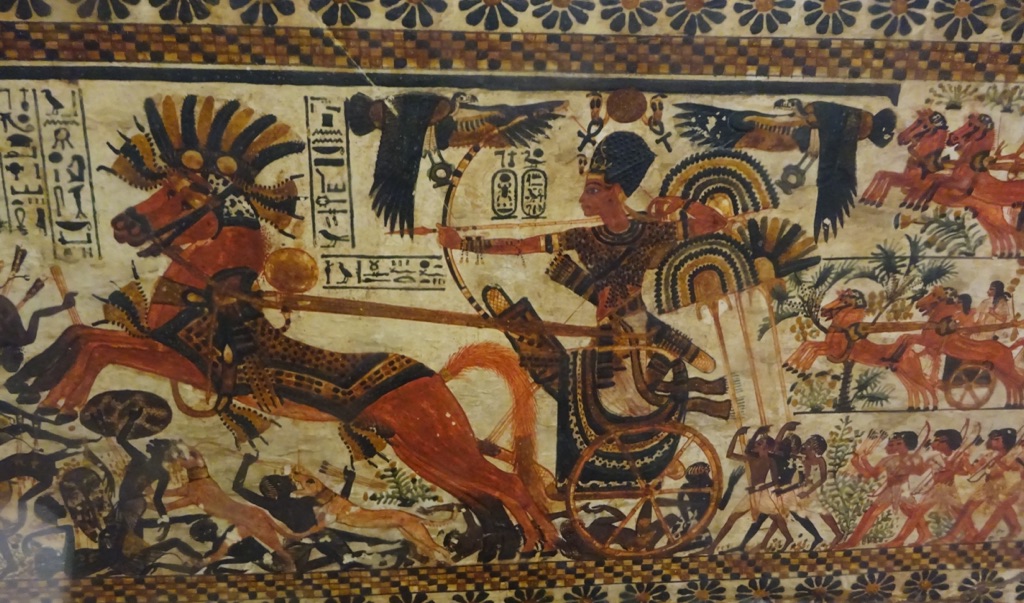
King Tut’s Legacy and Place in History
Despite a reign that lasted roughly a decade, Tutankhamun’s legacy endures, buoyed by the discovery of his nearly intact tomb in 1922. The treasures found within, including his iconic golden mask, have enthralled the world. They shed light on the craftsmanship and richness of ancient Egyptian civilization. While his actual accomplishments as pharaoh may be modest compared with longer-reigning counterparts, the artifacts left behind spark imagination. These artifacts continue to inform our understanding of ancient Egypt. In this way, Tutankhamun’s short life and reign have captivated historians and the public alike for generations.
The Curse of the Pharaohs: Myth vs Reality
Decades of tales have spun a web around the so-called Curse of the Pharaohs. Legends proclaim that those who dare disturb a pharaoh’s rest will face dire consequences. These stories surged in popularity after the 1922 discovery of King Tutankhamun’s tomb. However, evidence dispels many rumored supernatural occurrences. Modern analyses suggest that natural causes led to the untimely demises of several individuals linked to the excavation. Microbial growths in sealed tombs could be culprits for causing illnesses in tomb raiders. While the curse makes for an intriguing tale, science points to rational explanations for these tragic events.
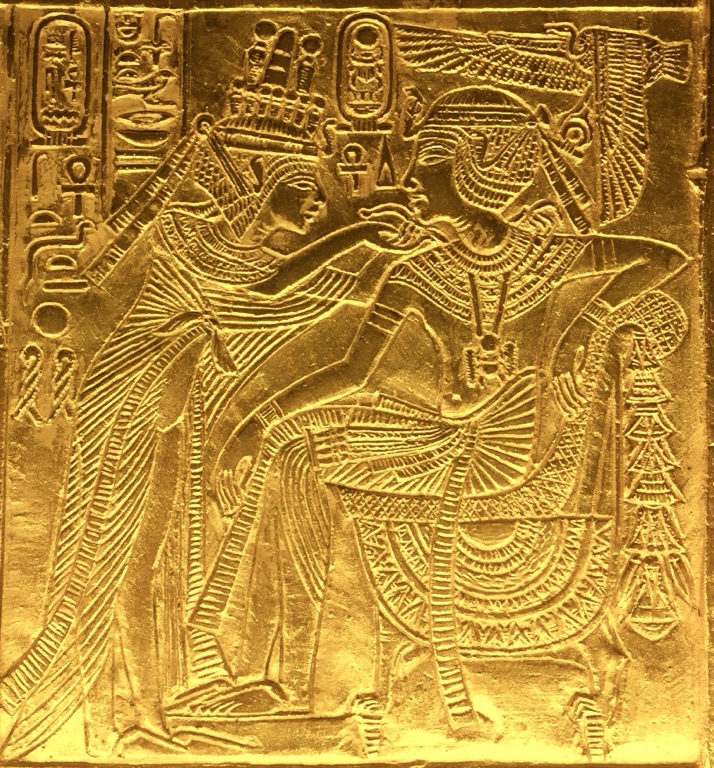
The Origin of the Curse
The media played a pivotal role in amplifying the curse’s notoriety. Newspapers in the early 20th century sensationalized the deaths of certain archaeologists. Howard Carter’s team had indeed faced a series of unfortunate events post-discovery. Yet, no written curse was found within King Tutankhamun’s sacred chambers. The origin of this myth seems to be rooted more in fiction than ancient Egyptian traditions. It’s important to distinguish between the allure of a mystery and factual history when exploring these stories.
Scientific Explanations for the Curse
Science has consistently stepped in to debunk myths with factual evidence. Researchers, for instance, have identified Aspergillus niger, a type of fungus, in ancient tombs. It can cause acute reactions in people with weakened immune systems. Such findings shift the narrative from a supernatural curse to biological hazards. In addition, the concept of a curse seems absent from historical records. Egyptian customs focused on protection in the afterlife, not on punishing invaders. The curses that captivate our imaginations today are likely a mix of misunderstood rituals and creative storytelling.
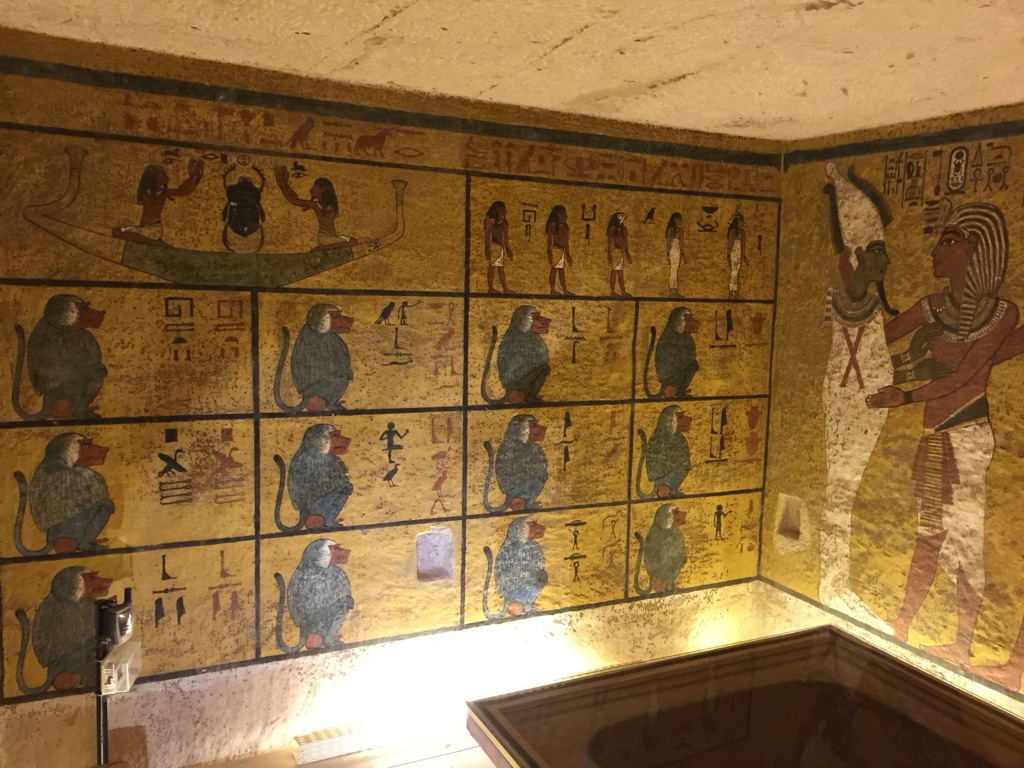
For further reading and to validate the information presented in this article, the following sources are recommended:

